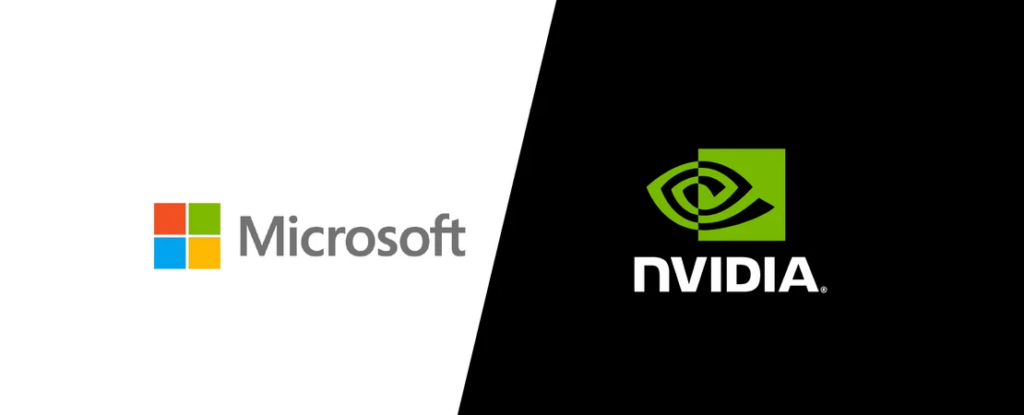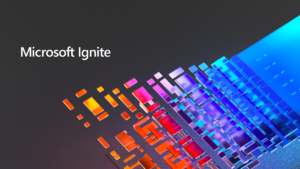In a stride towards advancing AI capabilities, tech giants Microsoft and NVIDIA have joined forces once again, unveiling their ambitious plans to integrate AI systems into Microsoft Azure. This collaboration may mark a pivotal moment in the realm of AI innovation, with the introduction of cutting-edge technologies hoping to redefine the landscape of computational power and networking efficiency.
Central to this groundbreaking announcement are two pivotal components: the NVIDIA Grace Blackwell 200 chip and the NVIDIA Quantum-X800 InfiniBand networking solution. The Blackwell 200 chip stands out as a true marvel of engineering, boasting an unprecedented 208 billion transistors—the highest ever seen in an AI chip. This feat of microelectronics translates into a staggering 25-fold reduction in both operational overheads and energy consumption costs. Furthermore, the chip’s processing prowess enables it to seamlessly support trillion-parameter AI models, setting a new standard for computational performance.
Complementing the formidable capabilities of the Blackwell 200 chip is the NVIDIA Quantum-X800 InfiniBand networking solution, which delivers an impressive throughput of up to 800 gigabits per second (Gb/s). This lightning-fast networking infrastructure is poised to play a pivotal role in the development of trillion-parameter AI models, facilitating seamless communication and data exchange between interconnected nodes. Together, these technological marvels represent a quantum leap forward in AI infrastructure, promising to unlock unprecedented levels of performance and scalability within the Azure ecosystem.
This partnership between Microsoft and NVIDIA holds profound implications for the future of AI-driven innovation across various domains. One of the most notable implications lies in the realm of natural language processing, exemplified by models such as OpenAI’s GPT series. The training of these AI models, such as GPT-3 with its 175 billion parameters and the upcoming GPT-4 with 1.8 trillion parameters, demands immense computational resources. With the advent of the Grace Blackwell 200 chip, the path to developing even more sophisticated models—such as GPT-5—is poised to become significantly expedited, ushering in a new era of AI-enabled applications and services.
Moreover, the substantial reduction in energy consumption and operational overheads afforded by these revolutionary chip technologies heralds a paradigm shift in the efficiency and scalability of AI-powered services. Applications like Microsoft’s Copilot stand to benefit immensely from these advancements, as they strive to deliver faster, more responsive, and resource-efficient solutions to users worldwide.
As the boundaries of AI continue to be pushed ever further, collaborations such as the one between Microsoft and NVIDIA serve as catalysts for transformative innovation. By harnessing the combined expertise and technological prowess of two industry leaders, the stage is set for AI to transcend its current limitations and realize its full potential as a driving force for progress and discovery.
Do you have any thoughts or questions? Are you curious how this might have an impact on your business? If so, contact us! This is what we do. And we love it.
For more detailed insights into this partnership and its implications for the future of AI, visit the official announcement on the Microsoft Azure blog here.




